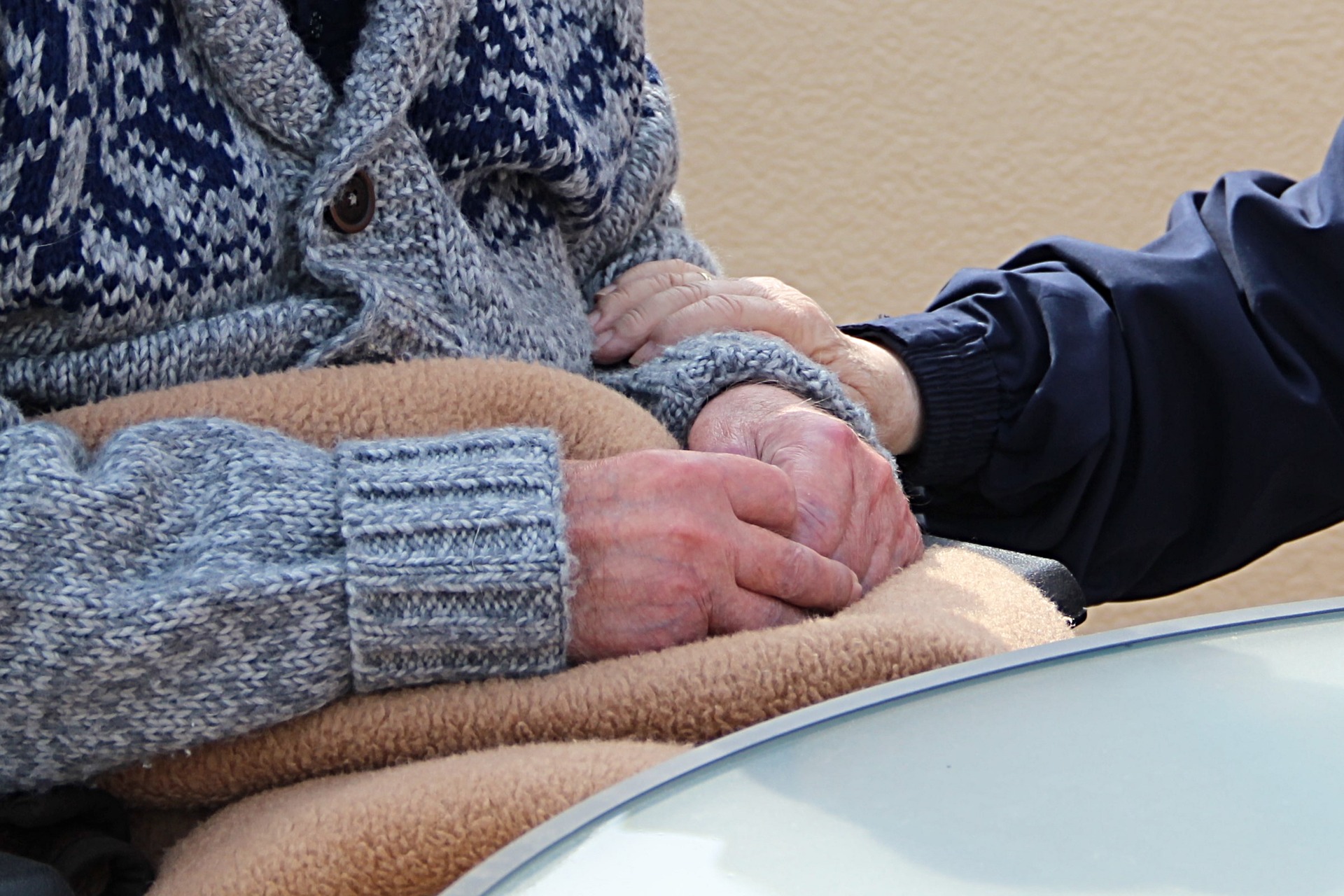With BC’s COVID-19 Immunization Program powering ahead, Provincial Health Officer Dr.Bonnie Henry made some amendments to the guidelines in place at care facilities.
“With this added layer of protection from immunizing the most vulnerable amongst us, it means we can support safe social connections again,” said Henry.
As of April 1st, the following changes will be made in facilities:
- All residents of long-term care and assisted living facilities will have regular, frequent and routine opportunities for (minimum 1 hour) social visits.
- The ‘Single visitor policy’ is being removed, and residents can now be visited by additional friends and family (Up to two visitors + 1 child at a time)
- The location of visits is being changed so now visitors can meet in a resident’s room (There will be provisions for those living in multi-bedroom facilities)
- Physical touch between visitors and residents is now allowed (With prevention and control measures in place)
- Visitors can only visit their one friend or loved one, not multiple residents
- Physical distance requirements between residents are being removed (allowing for small group activities and communal dining)
- Residents will be allowed to go on outings (even with family and friends) with no requirements for isolation when they return
- The 14-day post admittance isolation period is removed
Meanwhile, social visitation will continue to be suspended during outbreaks and will continue to require advanced booking, visitor health screening, use of medical masks and frequent hand hygiene.
These amendments were made because the vast majority of the residents and staff of these facilities have been offered a COVID-19 vaccine as they were prioritized in Phase 1 of BC’s Immunization Program.
Health Minister, Adrian Dix announced 12.17% of eligible British Columbians have been immunized, beating the province’s goal of 10% by the end of March.
“The reality is, it is likely that we are going to have more outbreaks in care homes now that we’re allowing people into these care homes but we’re at a point where the benefits of having those social connections and interactions outweigh the risks,” she added.
While a number of religious holidays rapidly approaching, Henry announced the province is planning on bringing in a variance for indoor religious gatherings between March 28th to May 13th.
The variance will allow indoor services on four days between the end of March and May which includes Easter, Passover, Ramadan and Vaisakhi.
Either 50 people or 10% of space, whatever is less, will be allowed during this time.
Following the announcement, Health Officials also announced that the rates of younger people getting diagnosed with COVID-19 are on the rise.
Within the last 6 weeks, there has been an uptick in people aged 19-39 getting diagnosed.
However, the hospitalization rates for the lower age groups have been relatively low and steady during this time, according to Henry.
The VOC cases are on the rise in BC as well, particularly the B117 variant that spreads more easily than the original virus.
Currently, Variant of Concern (VOC) cases make up about 20% of BC’s total COVID-19 cases.
“We’ve now seen data that the strain can have increased severity of illness in younger people across the age spectrum but it also reflects in younger people,” explained Henry.
Henry says younger COVID-19 patients tend to be hospitalized at a lower rate than elder patients, however, they spend more time in the hospital than their senior counterparts.
In light of the VOC cases, almost all COVID-19 cases are now being screened for mutations that indicate a variant of concern.



